Extreme warming 56 million years ago may have rendered parts of the subsurface Atlantic Ocean anoxic and toxic to fish due to ammonium and hydrogen sulfide accumulation – a scenario we must strive to prevent under current anthropogenic climate change.
Oxygen (O2) is critical to most forms of life. Due to its low solubility in water, the total amount of dissolved O2 in the ocean is less than 1% of that in the atmosphere. Consequently, O2 can become a limiting resource in many marine environments. Over the past few decades, the ocean has experienced substantial oxygen loss (i.e., ocean deoxygenation) in open-ocean and coastal waters, affecting marine ecosystems and fisheries. Oxygen-deficient zones (ODZs), with the lowest O2 concentration, typically occur in the subsurface open ocean at depths from 100 to 1000 meters.
Changes in ODZs significantly influence the marine cycling of key elements, such as nitrogen, sulfur, and carbon. While the ongoing ocean deoxygenation is expected to persist due to rising global temperatures and increased ocean stratification, factors such as ocean ventilation and productivity may introduce complexity to these conditions.
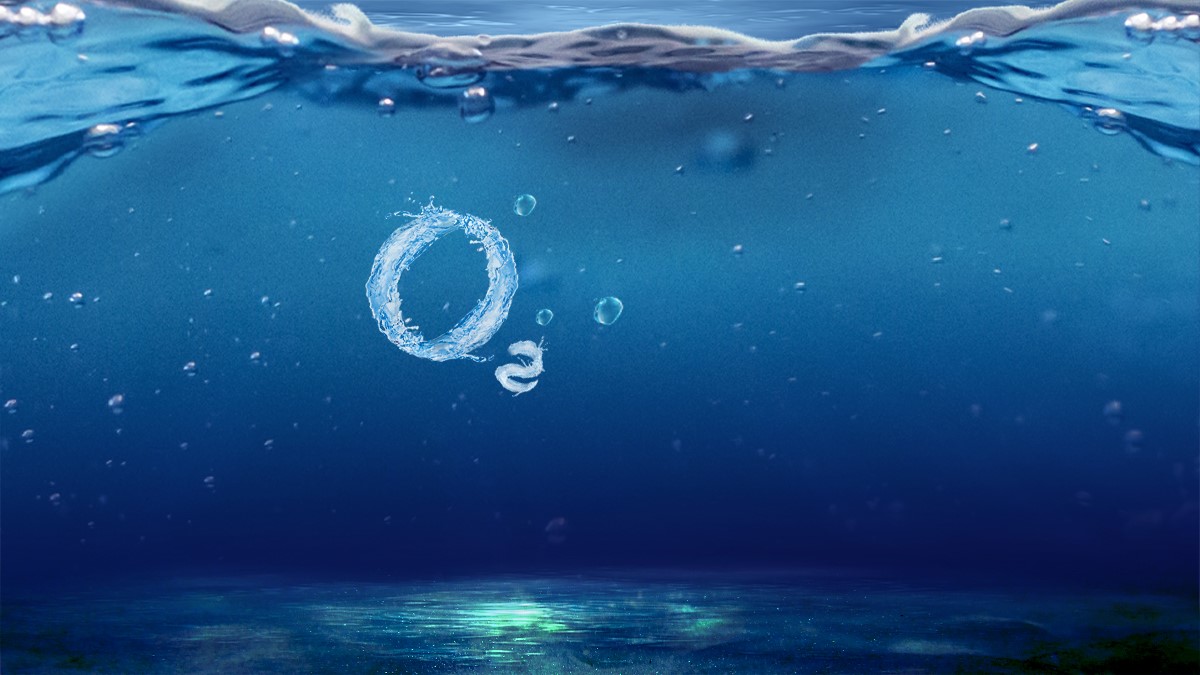
Associate Professor Weiqi Yao’s research group from the Department of Ocean Science and Engineering at the Southern University of Science and Technology (SUSTech) has made important progress in understanding ocean deoxygenation, revealing the coupling evolution of ODZs and marine nitrogen cycle during the extremely hot climate event.
Their work, titled “Expanded subsurface ocean anoxia in the Atlantic during the Paleocene-Eocene Thermal Maximum”, has been published in Nature Communications.
The Paleocene-Eocene Thermal Maximum (PETM; ~56 million years ago) serves as a potential analog for the IPCC’s RCP8.5 scenario, providing key insights into the future trajectory of ODZs. This study presents the coupled records of foraminifera-bound nitrogen isotopes (δ15N), barite sulfur isotopes (δ34S), and reactive phosphorus and marine barite accumulation rates from the same sites in the South Atlantic across the PETM (Figure 1).
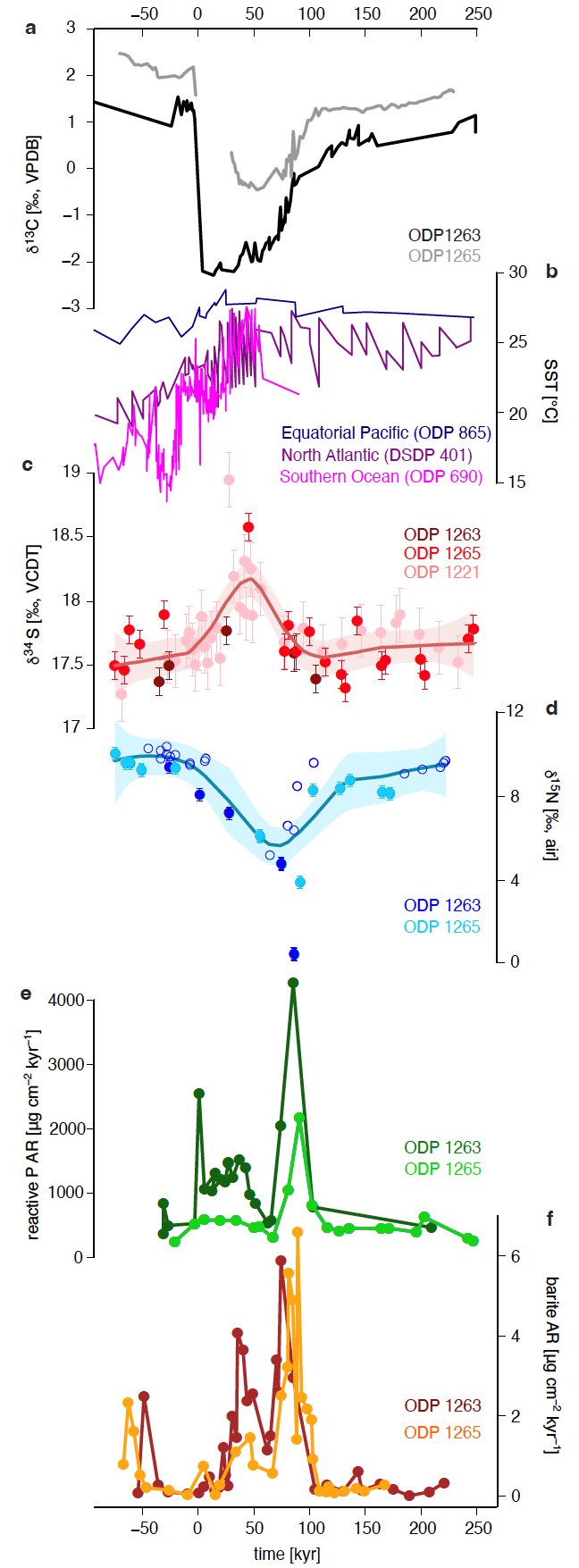
Figure 1. Reconstructed foraminifera-bound δ15N and reactive phosphorus records across the PETM
In the modern ocean, nitrate is the dominant form of fixed nitrogen in ODZs, referred to as “nitrate-type” ODZs (Figure 2a,c). In these zones, nitrate consumption through water-column denitrification is incomplete, resulting in large isotope fractionation. Thus, a decline in foraminifera-bound δ15N, if interpreted at face value, could generally suggest a contraction of nitrate-type ODZs or a reduction in water-column denitrification.
A previous study attributed the δ15N decline in the tropical North Pacific during the PETM to reduced ocean suboxia driven by decreased productivity. However, this interpretation is unlikely to apply to the South Atlantic, where multiple lines of evidence point to different conditions. These include an increase in productivity and the presence of oxygen-free water at intermediate paleo-water depths in the South Atlantic, and the accumulation of hydrogen sulfide within some ODZs, though their exact locations remain unclear. Since microbial sulfate reduction only occurs after nitrate’s depletion, the dominant form of fixed nitrogen in sulfide-rich ODZs must be ammonium, not nitrate, referred to as “ammonium-type” ODZs (Figure 2b,d).
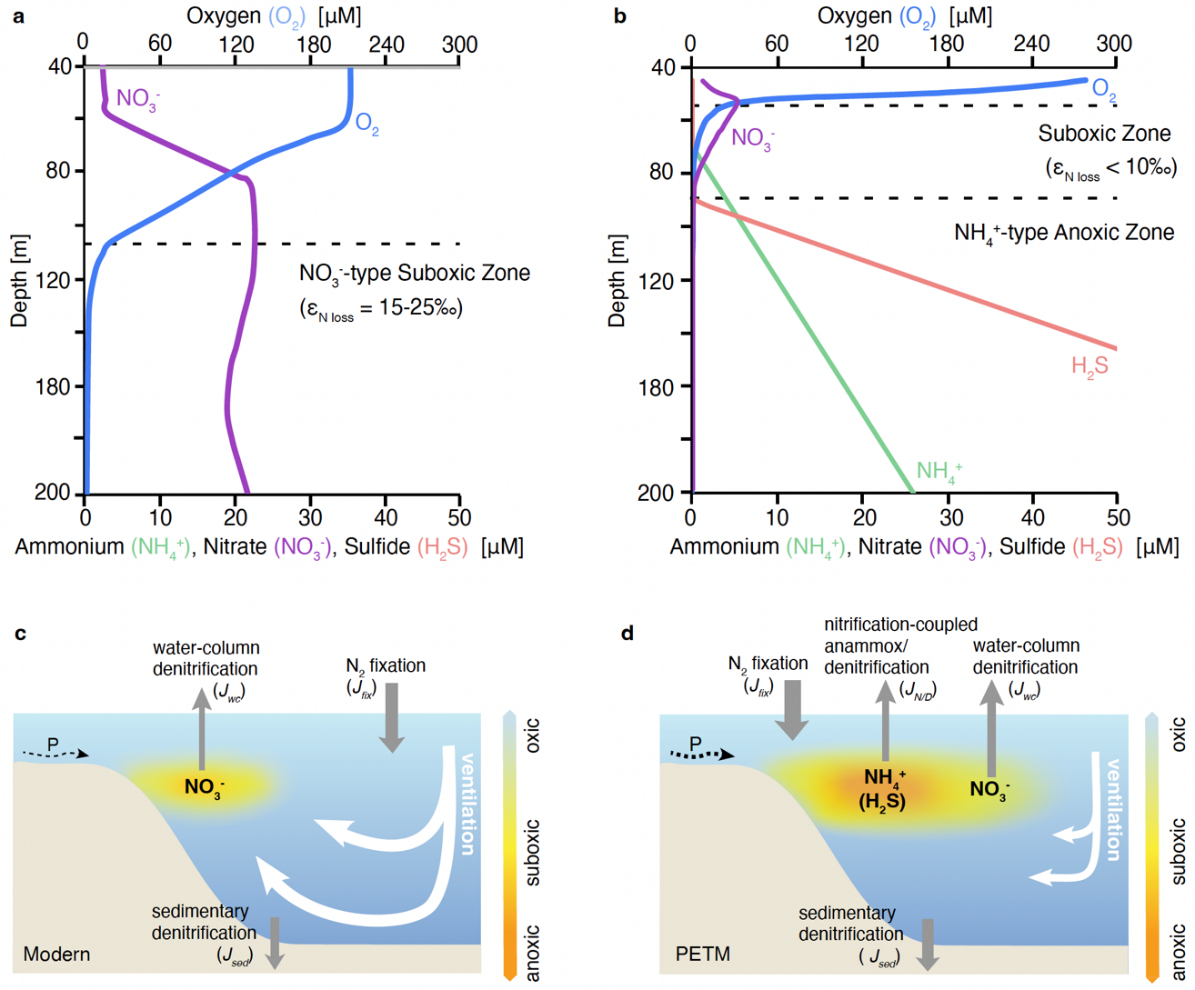
Figure 2. Comparison between “nitrate-type” ODZs and “ammonium-type” ODZs
This study proposes a new hypothesis that ammonium-type ODZs have developed in the PETM ocean. Similar to the modern Black Sea, nitrification-coupled anammox/denitrification occurs at the upper boundary of ammonium-type ODZs, removing fixed nitrogen from the water column with weak isotope fractionation and, in turn, decreasing the mean ocean fixed nitrogen δ15N. The simple one-box model suggests that ammonium-type ODZs have developed in the PETM and were more widespread during the Cretaceous oceanic anoxic event 2 (OAE2), but did not occur in the pre-PETM era or in modern times (Figure 3).
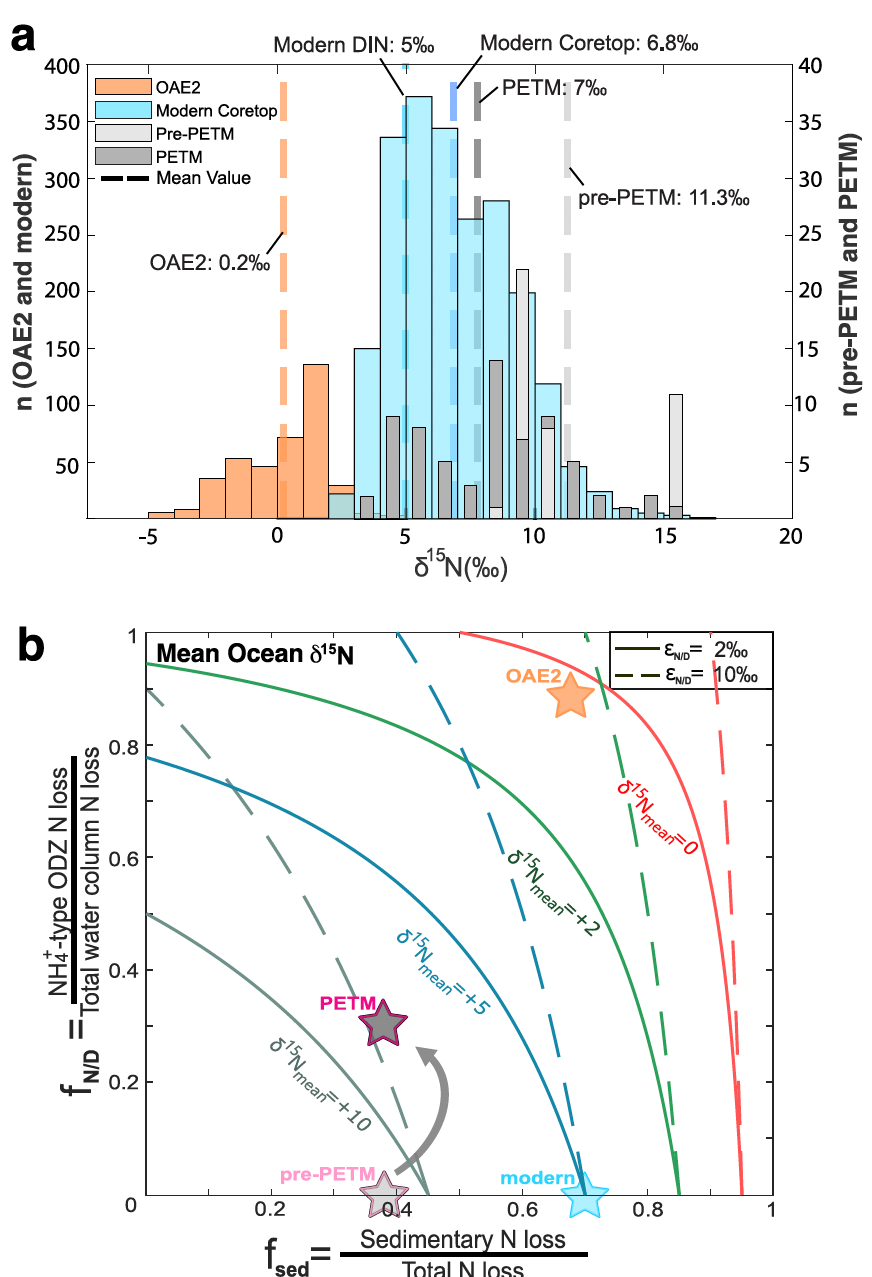
Figure 3. Evolutionary history of marine nitrogen cycling
Multi-box isotope-enabled modeling results further show that the decline in foraminifera-bound δ15N in the South Atlantic during the PETM is a combined effect of the development of ammonium-type ODZs and a compensatory increase in N2 fixation rates above ammonium-type ODZs (Figure 4).
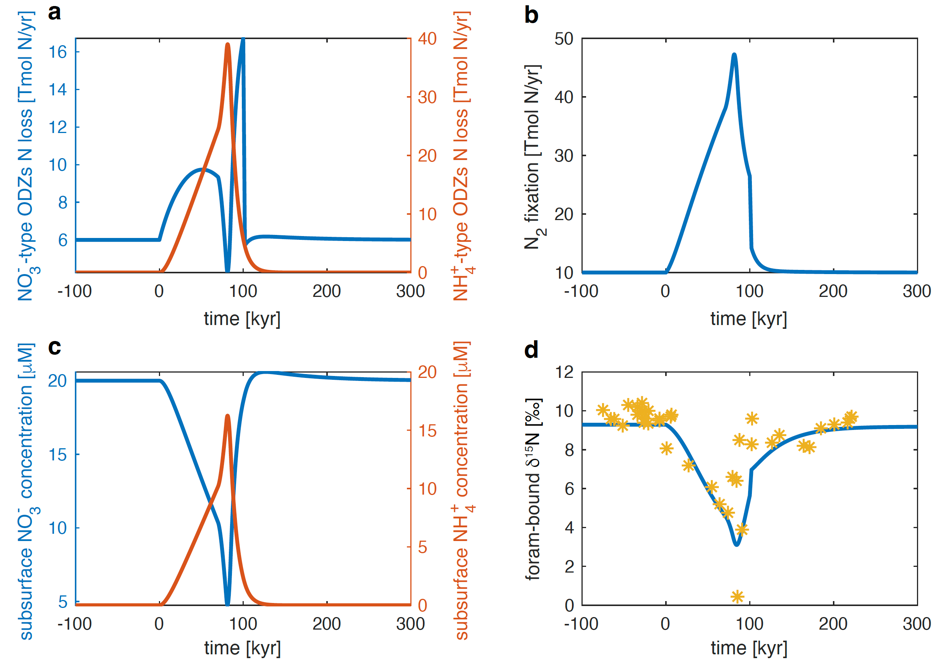
Figure 4. Multi-box model results of a transient transition to ammonium-type ODZs in the South Atlantic during the PETM
Using an Earth System Model cGENIE, the researchers demonstrate that ODZs have expanded to cover approximately one-third of the ocean’s area during the PETM (Figure 5). While the Pacific might experience different oxygenation conditions, parts of the Atlantic thermocline became anoxic during the PETM, highlighting the spatial variability in ocean deoxygenation under global warming.
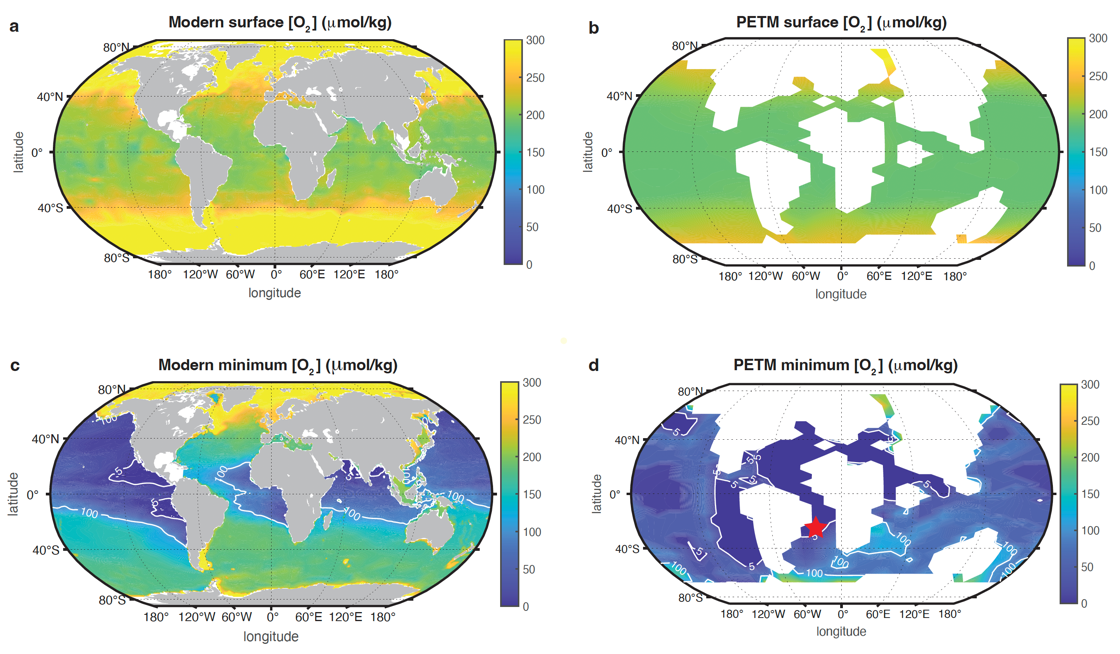
Figure 5. Linking oceanic oxygen loss during the PETM to the modern ocean
This study elucidates coupled perturbations to marine nitrogen and sulfur cycles during the transient ocean deoxygenation event (Figure 6). The widespread suboxia present in the pre-PETM ocean has preconditioned ODZs to evolve towards anoxia in the South Atlantic thermocline, leading to the short-lived accumulation of ammonium and hydrogen sulfide, both of which are toxic to most marine life. These findings represent a timely contribution to the ongoing discussion on ocean deoxygenation during the PETM, offering important mechanistic insights for its future evolution.
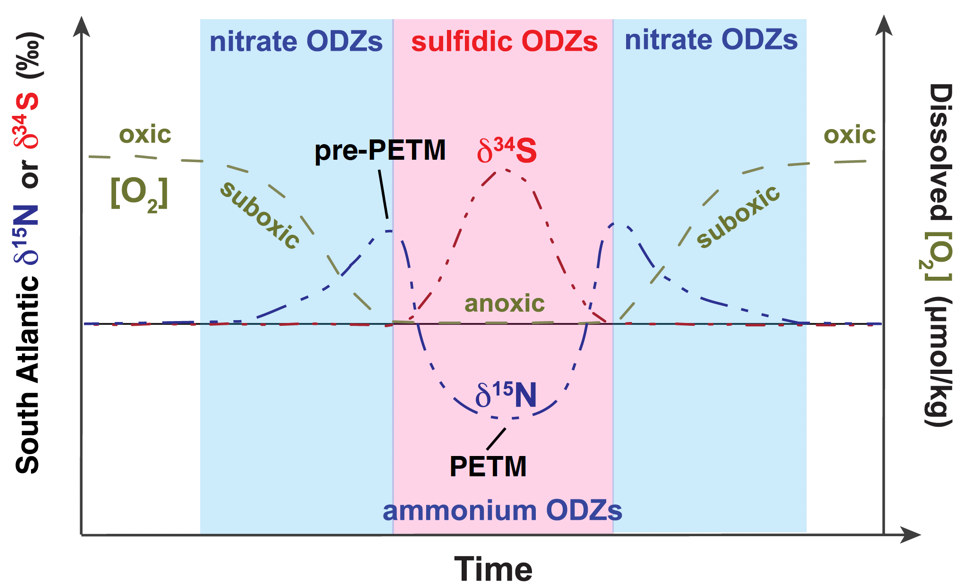
Figure 6. The response of nitrogen and sulfur cycles to ocean oxygen change
Associate Professor Weiqi Yao is the first and corresponding author of the paper, with Associate Professor Xingchen Tony Wang from Boston College also serving as a corresponding author. Other contributors to this work include Ph.D. students Tianshu Kong, Ruixiang Zhai, Ruiling Zhang, and Yilin Liu.
Paper link: https://www.nature.com/articles/s41467-024-53423-x
To read all stories about SUSTech science, subscribe to the monthly SUSTech Newsletter.
Proofread ByAdrian Cremin, Yingying XIA
Photo ByDepartment of Ocean Science and Engineering